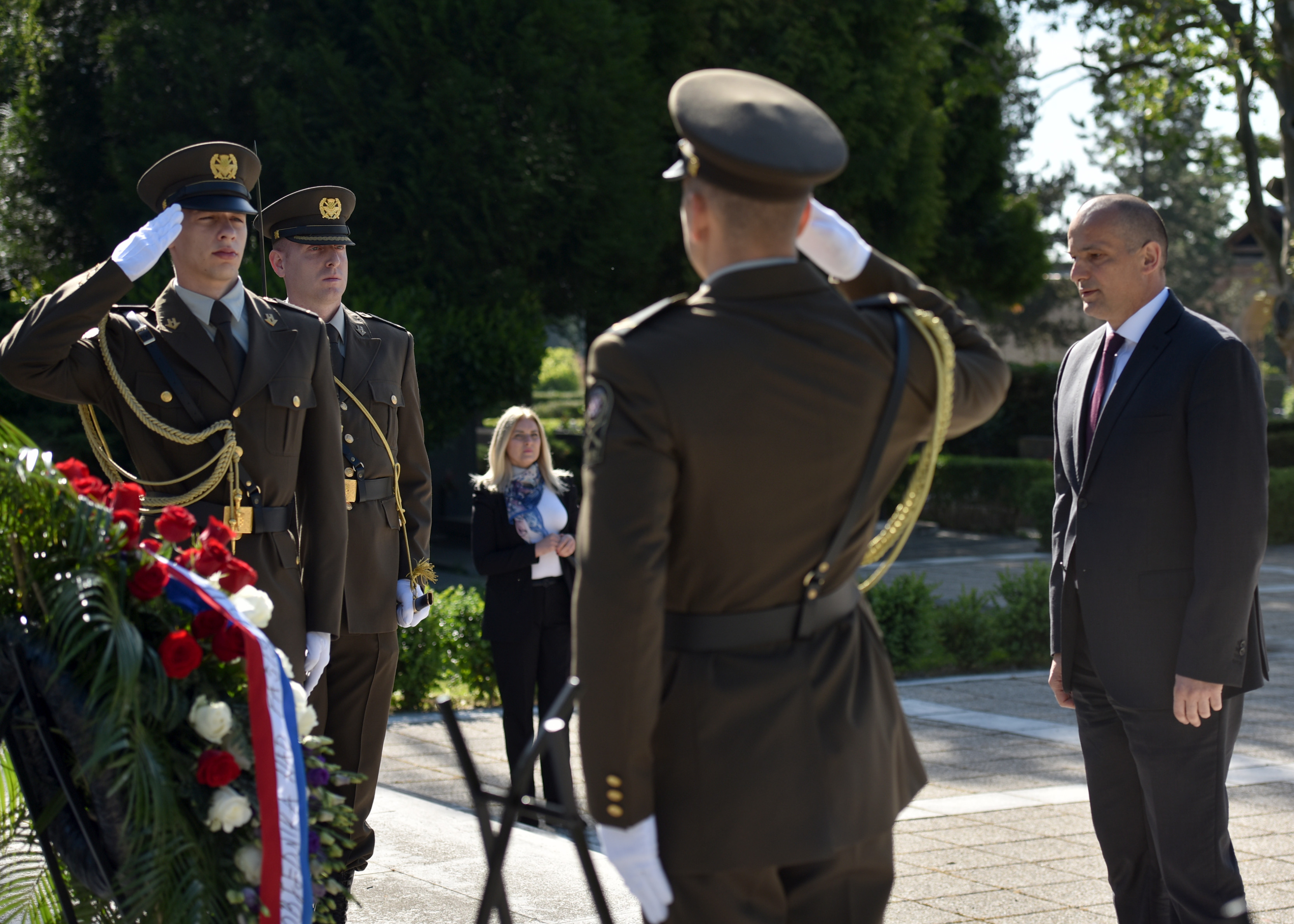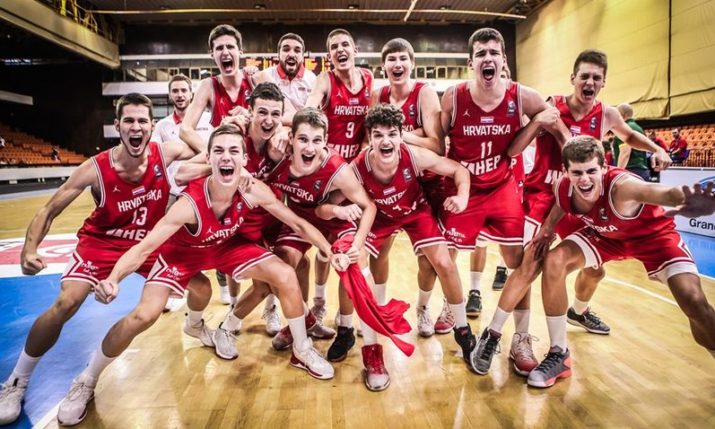
#12 – The walls of Dubrovnikĭubrovnik is nicknamed the “Pearl of the Adriatic.” This historic city is one of the most prominent tourist attractions in Croatia and the Mediterranean. Today, it’s a popular attraction and used to host a variety of festivals and performances in Pula. Luckily, this practice came to a halt before the whole structure was completely destroyed. In the 15th century, stones were taken from the amphitheater to build houses and structures around the city. The arena was built around the 1st century AD and could seat over 26,000 spectators. The Pula Arena is the 6th largest surviving Roman amphitheater and another one of the best-preserved Roman monuments in Croatia. The cathedral is one of the best-preserved ancient Roman buildings still standing! #11 – A big piece of history The exterior of the building is still surrounded by its original 24 columns. The church was consecrated at the turn of the 7th century AD. The Cathedral of Saint Domnius in Split is one of the oldest Catholic cathedrals in the world that remains in use within its original structure. Photo credit – #10 – Not just any old church Planning a trip? See our list of the best things to see in Split ! Every year, the government holds a military parade at Jelačić Square at Zagreb, the capital of Croatia. This day is referred to as “Statehood Day” and it’s a public holiday in Croatia.

So when did Croatia become a country? Croatia declared independence from Yugoslavia on June 25, 1991. Croatian fascists killed many Serbs and Jews during the second world war in Croatia, estimates vary between 300,000 and 700,000.

After Germany invaded Yugoslavia, Croatia became a Nazi puppet state.īetween 1941–1945, twenty-two concentration camps existed inside the territory controlled by the Independent State of Croatia. The Ustase were Croatian fascists, and an ultranationalist and terrorist organization. On April 10, 1941, the Independent State of Croatia was proclaimed by the Ustase. The name was changed to Yugoslavia in 1929. On October 29, 1918, Croatia proclaimed its independence and joined in union with Montenegro, Serbia, and Slovenia to form the Kingdom of Serbs, Croats, and Slovenes.


Not yet booked? Take a look at our favorite hotels in Split !Ĭroatian History During the 19th-20th CenturyĪfter the establishment of the Austro-Hungarian kingdom in 1867, Croatia became part of Hungary until the collapse of Austria-Hungary in 1918. It united the two nations politically under the Hungarian monarch, but Croatia retained its autonomy. The signing of the Pacta Conventa, Latin for “agreed accords,” was signed by Croatian tribal chiefs and the Hungarian king around 1102. To end the war, an agreement was made, the Pacta Conventa. #4 – Together but separateĪfter the last Croatian king of Croat descent was killed on the battlefield in 1097, the Croats refused to surrender. A Croatian civil war in 1089 led to the country being conquered by the Hungarians in 1091. This time was characterized by various conflicts, but also periods of peace and alliance with the Bulgarians, Byzantines, and Hungarians. The Kingdom existed as a sovereign state for nearly two centuries. It was a medieval kingdom in Central Europe encompassing most of what is today Croatia, along with most of the modern-day Bosnia and Herzegovina. The Kingdom of Croatia or the Croatian Kingdom was born in 925 after the Croats defeated Byzantine and Frankish invaders and established their own independent kingdom.


 0 kommentar(er)
0 kommentar(er)
